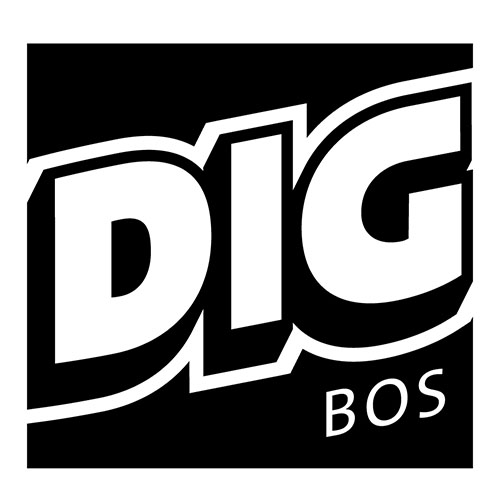
An abridged trudge through Boston’s long, repetitive history of opiate abuse
From January to September of 2017, the Massachusetts Department of Public Health (DPH) confirmed 932 opioid-related deaths. While such reports are increasingly unsettling, Massachusetts and especially the city of Boston are no strangers to such plagues, as our complicated and disheartening history with hard drugs spans more than a century, dating back to the inception of synthetic heroin and prescription opioids in the early 1900s.
The media first started reporting on the prescription opioid crisis before the term heroin was coined in this country. Journalists also caught on long before 1912, when laws were put in place to imprison those distributing the drug for up to 17 years with an additional fine as high as $5,000. While the rules were meant to curb the spread of pain-relieving drugs like morphine and other pain-relieving drugs, officials were caught off guard when the “new vice drug” heroin hit streets. Though initially described by manufacturers as the ideal drug for a number of disorders, and first marketed as a nonaddictive, by the mid-1910s, people were discovering its extremely addictive potential. Sound familiar?
In time, laws would prove to serve little good, especially at stopping those working within it. Numerous doctors were caught over-prescribing heroin, with a disturbing number found guilty in criminal court of selling opiates outside of their practice. One particularly disturbing case involved one Dr. Herman, a Back Bay practitioner caught distributing up to 20,000 heroin tablets through street dealers in his area in 1916, all while working out of a place called the Norway House.

On the prevention front, the Boston Watch and Ward Society, which formed in 1879 and notoriously worked to censor and ban works of literature in the city (members were known to harass librarians at the Boston Public Library in Copley Square), also became one of the region’s most important allies in the struggle against a growing heroin epidemic. Specifically, they raised public awareness about Boston’s “Heroin Square,” a notorious nook in the South End, near the corner of Columbus and Warren avenues, where dealers roamed free and operated with little to no interference from law enforcement.
That area, of course, has an ugly legacy. Methadone Mile, or the stretch of Mass Ave that intersects with Melnea Cass Boulevard in Roxbury, is essentially the city’s epicenter for the opioid crisis, in large part due to numerous addiction clinics and shelters surrounding Boston Medical Center. This is only a few blocks away from the old Heroin Square that was active in 1914.
Though hard drug use has fluctuated through the decades, news coverage has mostly come in fits or not at all. For the most part, newspapers in the earlier part of the 20th century strictly depicted addicts as impoverished fiends. The media is still largely asleep on the job, but if there’s any compassion coming through these days, such sentiments were first reflected during the Vietnam War era. Take the case of Jim Hannon, a veteran who received an honorable discharge for his injuries, returned home to Mass, and received opioid treatment for the pain caused by shrapnel in his back. Due to a formed addiction, he eventually turned to heroin after the end of his legal treatment.
Hannon was charged with heroin possession in 1971, and his trial in Plymouth County saw an unprecedented number of reporters and protesters, many of whom were veterans, outside the courtroom. Opioids had been a problem in Mass and elsewhere for generations up to that point; still, the case brought some of the first widespread attention to the drug’s pervasive reach.
Yet here we are, nearly 50 years later…
This throwback is a collaboration between Dirty Old Boston, the Boston Institute for Nonprofit Journalism, and DigBoston. For more throwbacks visit facebook.com/dirtyoldboston and binjonline.org.
